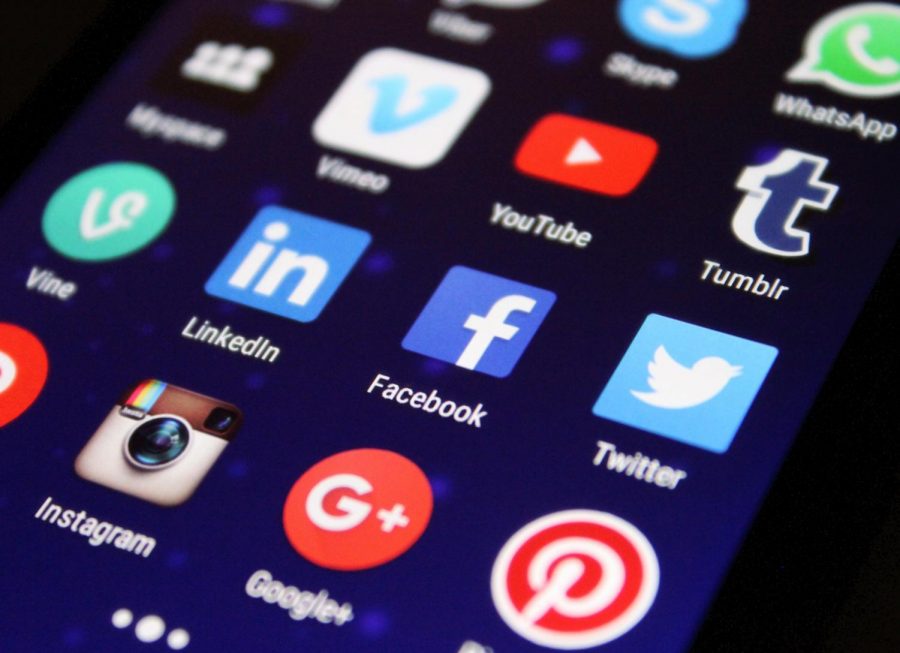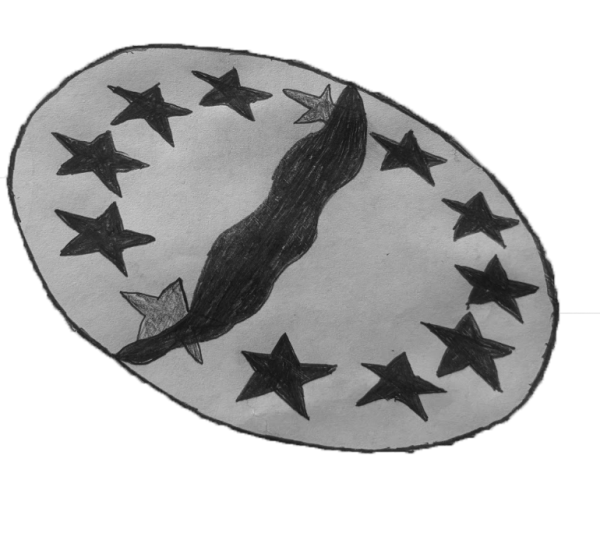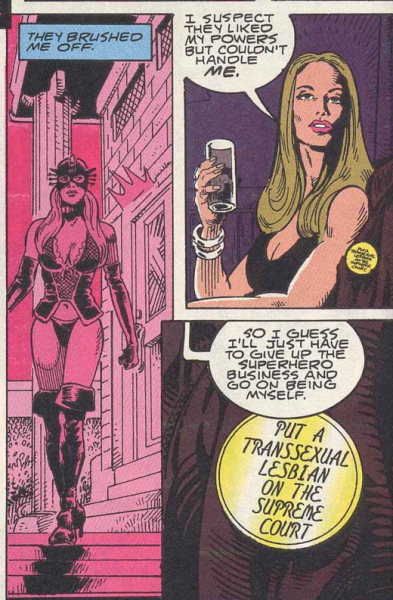#Activism
The importance of social media as a tool for student politics.
Type. Click. Post. In a society fueled by technology, it’s no surprise as to why social media has grown in popularity during the 21st century. Aside from its traditional use of communication, sharing posts, photos and crafting witty tweets, social media has become a platform for online activism.
Used to spread social justice movements and political messages, social media revolutionizes the way we stay informed and share information. This form of activism makes it easier to communicate amongst large masses of people, especially young people. These platforms have made it possible to plan protests, spark movements and more. Even though digital activism can sometimes be used performatively, the digital equivalent to pinning a safety pin to your shirt to show “solidarity,” social media can be an important tool in the creation of our political future.
This form of communication is especially attractive to the youth, the people who grew up in the digital world and see social media for what it is, a valid and useful way to make your voice heard. It definitely has its problems, such as attacking those who are uninformed and spreading false information, but it has become an invaluable tool in the creation of our future.
Even at GHS, some students choose to use their Instagram or Twitter accounts to update their followers about upcoming marches, protests, or just to attempt to dismantle oppressive systems in our society. Some choose not to.
Although online activism is a positive force, it has sparked the creation many anti activism/hate accounts, who post insensitive and triggering material under the guise of “irony” or “humor”.
These accounts can certainly be viewed as an expression of free speech and many of their creators view them as such. The potential problem with this mindset is that posts about death, assault, violence and other topics can be extremely harmful to people who have experienced them first hand.
Often these anti activist/slacktivist accounts post memes that feature an oppressive sense of humor. Memes target discrimination towards Muslims, people of color (especially Black people), women, and other marginalized groups. There have been many cases at GHS where these accounts have been up for months, without anyone intervening. Many accounts still exist.
For example, the instagram account @israel_has_a_right_to_exist, which is no longer active under that name, is one that comes into mind in this debate.
This particular account featured memes talking about objectifying women, lynching Black people, violence towards Muslims, and more. Despite its nature, the account remained active for weeks after it was brought to the attention of admin.
The problem is that guidelines for what to do in particular situations of social media harassment and bullying are very vague. Administration is provided with a matrix by the larger Seattle Public School system, which outlines the punitive measures that they are allowed to enforce in response to different situations. Because of this, schools usually end up deciding what to do individually.
Here at Garfield, administration often has conversations with students accused of running these accounts and sometimes they can ask for the posts in question to be deleted. Occasionally they ask for a public apology to be issued by the accused student, or they can contact that students parent or guardian.
These measures have either been regulated by the district or created from school to school. Their vaguity can be potentially detrimental to those directly or indirectly affected by the posts in question.
The students who were supposedly running these accounts continue to sit in our classrooms. For students whose identities align with those that are directly attacked by these posts, being made talk to, work in a group with, or even just sit in class with managers of these accounts can be terrifying.
Considering the drastic measures it took to even shut down one of many meme accounts, it feels as it many are less concerned with the discrimination that happens behind screens. These accounts allow for the wide spreading of racist, homophobic, sexist and generally offensive stereotypes. It is possible that many discredit the physical and mental effect of these accounts because they exist online. Posting harmful things behind a phone screen can lull people into a sense of security in their racism.
This security needs to be eradicated. Taking direct action against these accounts either personally or as a school will help spread awareness and educate peers on the harmful effects of these posts and the discrimination that they perpetuate. The fact that this action takes place behind screens shouldn’t undermine their nature.





